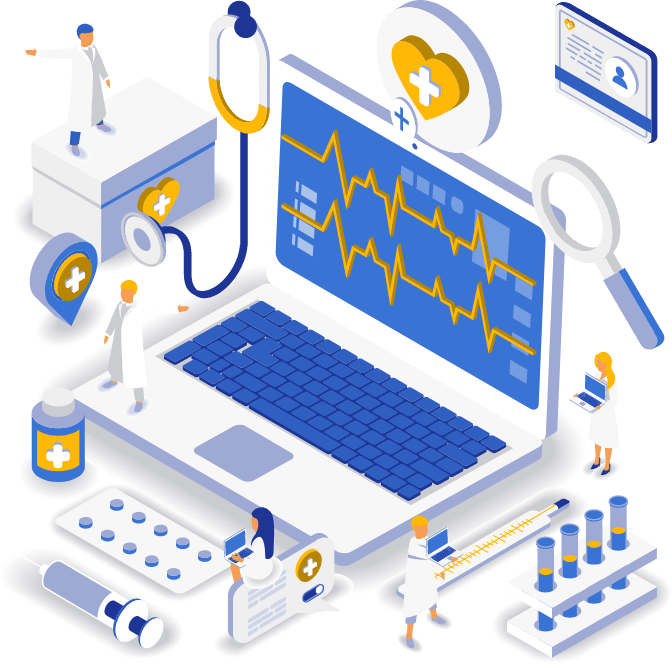How to Get the Most Out of Healthcare Web Development
When deciding to develop a website for your health care business, there are a few things to consider. The tone and language of your site should be effective and convey expertise and authority. It should also be easy to read and communicate clearly with your audience. Finally, the healthcare web developer you hire should understand and use search engine optimization techniques.
Accessibility
When creating a website for healthcare, it’s important to be aware of accessibility guidelines. These guidelines can help you make your website accessible to everyone, from people with vision impairments to those who are deaf. Web designers should use appropriate technology to ensure that everything on their website is accessible for people with disabilities, whether they are blind, sighted, or have low vision. They should also make sure that text is large enough to be seen without difficulty, and include alt text on images.
The accessibility of healthcare websites can be a huge benefit for both patients and healthcare providers. In the United States alone, 61 million adults live with some form of disability. Having a website that is accessible to everyone signals that you are a welcoming and inclusive organization.
Customization
Customization in healthcare web development is a great way to make your website more personalized. People are more likely to buy products or services that they perceive as personalized. By offering a unique user experience, you can improve your customer retention and boost sales. Patients can also use customized applications to check their test results or refill their prescriptions from the comfort of their homes. This type of technology can also help healthcare organizations increase their ROI and sustain their operations for years to come.
Healthcare organizations are unique, and generalized software isn’t likely to meet their needs. By choosing a custom healthcare software solution, you can create a program that best suits your company’s needs. It will help your employees stay motivated by offering solutions tailored to their unique needs.
Integrating BI solution
Integrating a BI solution into healthcare web development is essential to improving healthcare delivery and patient satisfaction. BI solutions can help healthcare organizations identify disease patterns, improve decision making, and provide an improved patient experience. In turn, better treatment results in fewer visits to the doctor, happier patients, and increased business.
A well-integrated system will make data access, reporting, and other processes more efficient and accurate. It can also significantly reduce human error rates and streamline processes. This is a futuristic measure that benefits the entire human race.
User-centric design
User-centered design (UCD) is an approach to product development that incorporates the needs and preferences of users. It involves the involvement of users in the early stages of product development. By incorporating user feedback and analysis, UCD ensures that products are designed to meet the needs of the target audience.
UCD can be applied in any design phase, including the interface. The process starts with a thorough understanding of the users, and then continues through design, development, and evaluation. UCD principles can help ensure that users have a positive experience and that the end product is both safe and beneficial.
Cost
The cost of healthcare web development can vary greatly depending on the type of project and the team involved. Healthcare web development projects can range in cost from $5,000 to $100,000. This cost will depend on the complexity of the project, type of team, and number of hours spent developing the project. For example, developing an EHR can take up to 1,500 hours.
Modern clinics should have a patient portal and a doctor’s website. These sites should support smooth communication, fast payments, and appointment requests. The website can be managed by a designated employee at the clinic. This employee could be a doctor’s assistant or a receptionist.
